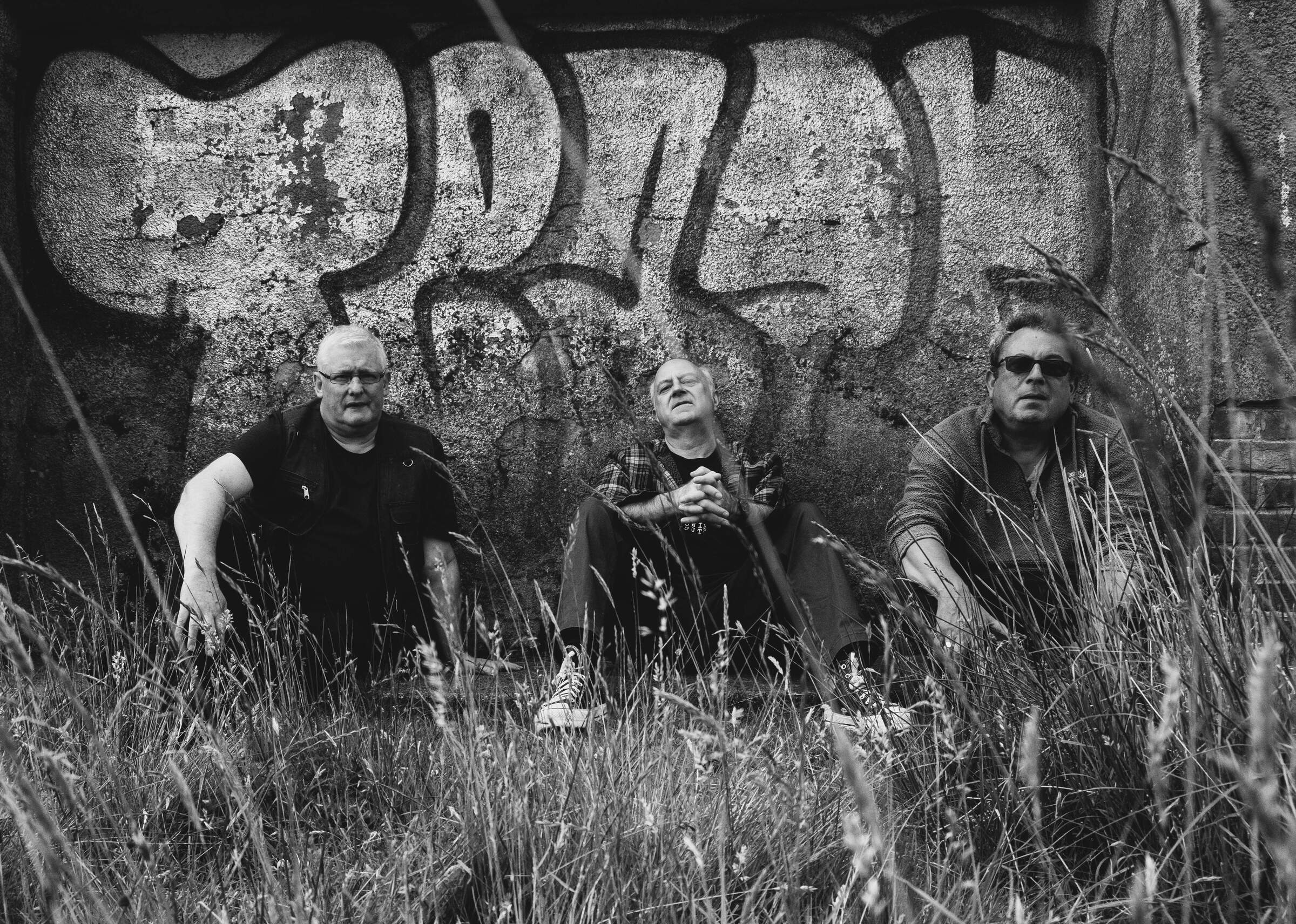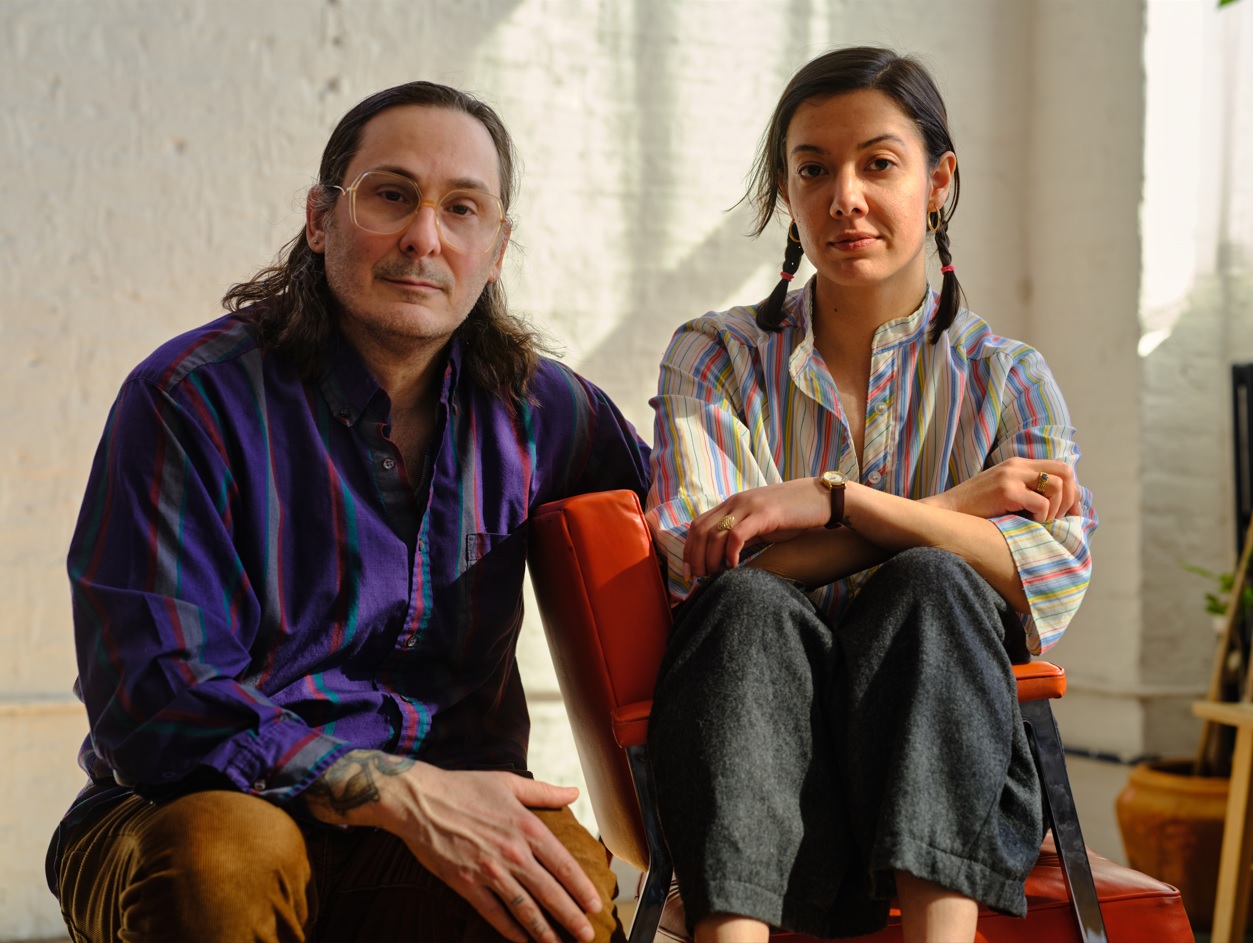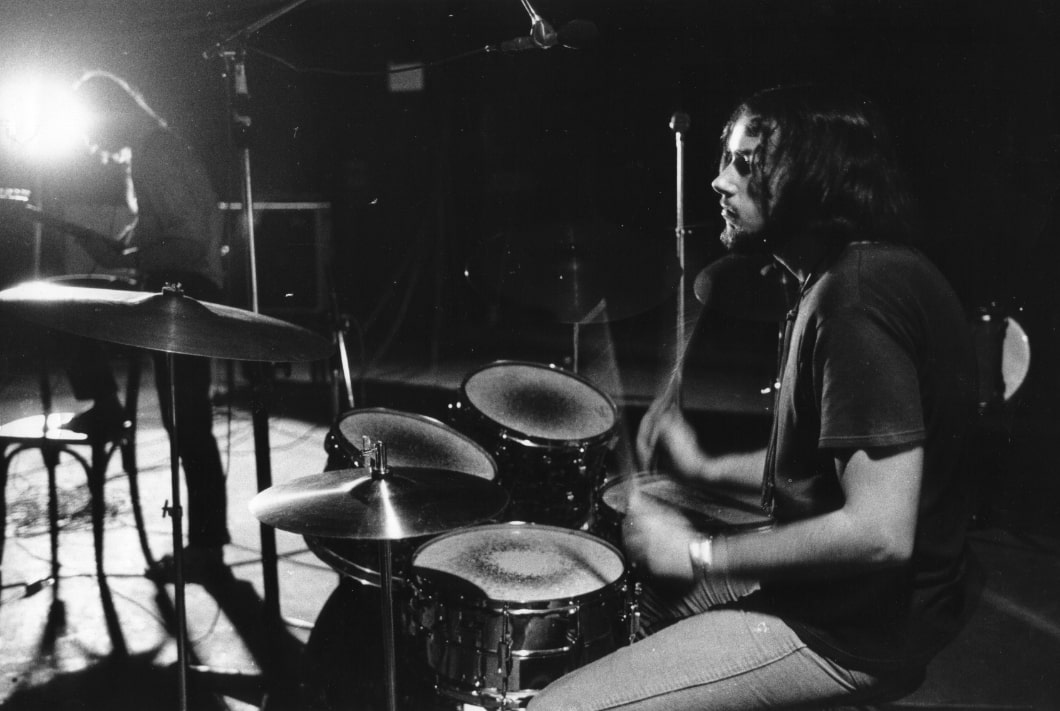Lukas De Clerck
On Saturday the 8th of April, Brussels-based (sound) artist Lukas De Clerck will play his last concert as Bloedneus & de Snuitkever, the monniker he used for his Aulos project he is working on for the past four years.
“To become transparent”
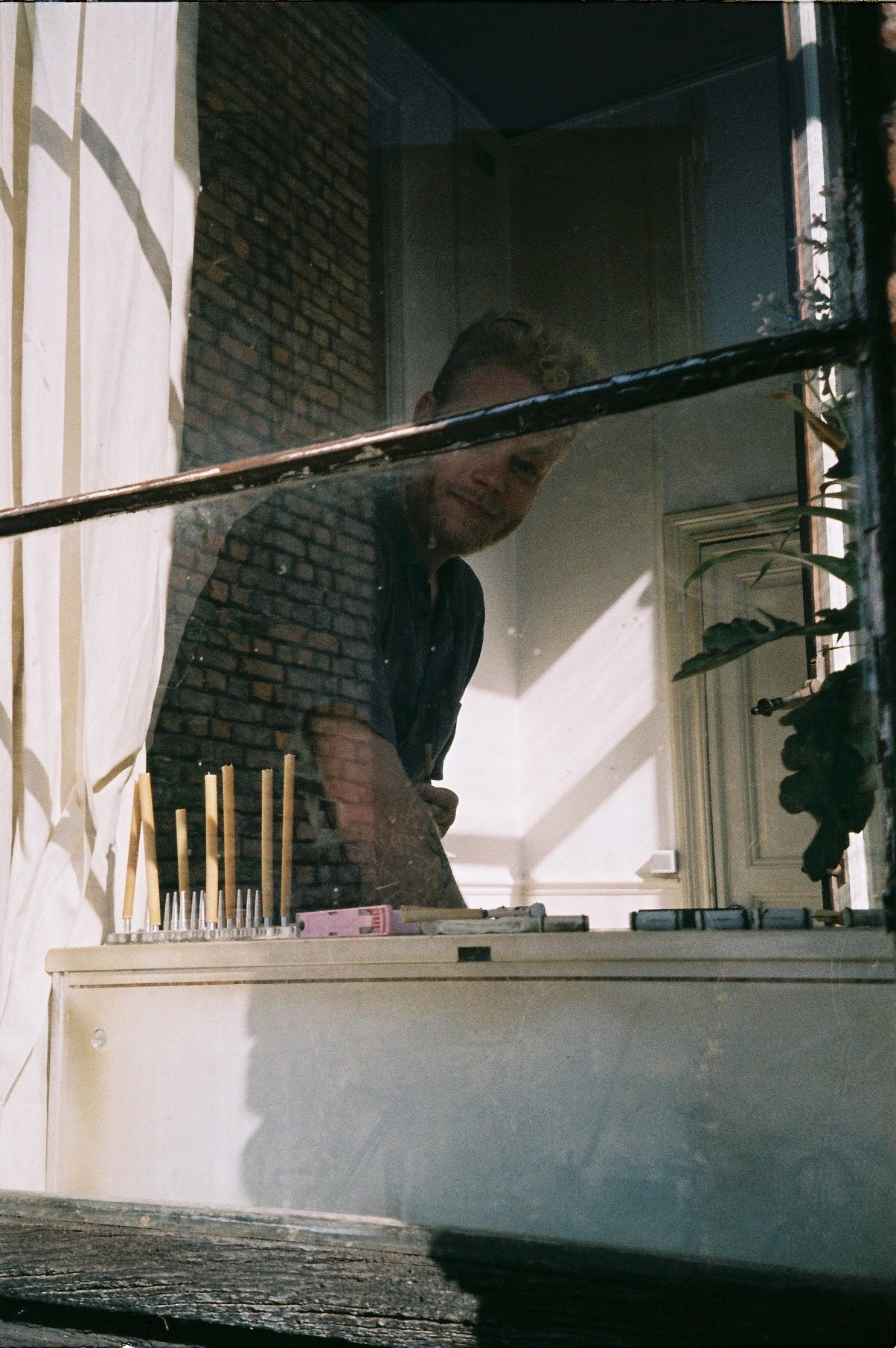
You will play the BRCST festival in Brussels. Will this be an aulos concert?
Lukas De Clerck: Yes! It will be the last concert under my moniker Bloedneus & de Snuitkever, so I want to play a full aulos set. A sort of recollection of the journey of the last four years.
Do you feel like, when you play an ‘old’ instrument like the aulos, that you carry the tradition of the instrument with you?
The tradition of the instrument is totally extinct and embedded in a world of mysteries. I think it provides an interesting framework to work within, or outside of it. To be aware of the context of the instrument and the artistic value of re-activating it, can only enrich the work. But the aulos-scène is very much focused on the past and to re-live it. My quest aims to do the opposite in a way. To imagine this instrument as a contemporary instrument, 2 oscillators are activated by breath instead of electricity. It was this contemporary sound quality of the instrument that mesmerized me in the first place and what really made me play it every day.
Do you feel like the instrument “dictates” you how you will play it?
With the aulos, discovering the instrument and discovering its music goes hand in hand. At the point I discovered the aulos, you could only really listen to aulos music when you play it yourself, or on a handful of youtube videos of Max Brumberg, who builds the instruments and who introduced me to the instrument. The most obvious part, the pipes, have a limited selection of notes (4 or 5 on each hand). So if you want to have some unisons, it really limits the possibilities of playing on several scales et cetera, but I don’t know that much about music theory in that sense and it isn’t something I’m actively exploring.
The “hidden” part which are the reeds, the ones you stick in your mouth, are much more interesting for me. Taming them, balancing them really dictates the music. It’s really all about the reeds in my experience. Mastering the instrument requires a lot of understanding of the reeds. I also started making them almost from the beginning. Now I try to harvest reeds every year and I actually have some reeds I play that I harvested myself.
Guiding the reeds during the playing is a continuous effort in keeping them in tune. But when you slowly push them out of balance, it becomes really interesting. Very strong vibrato’s that reminds of the duduk, melodies becoming more and more unstable but most importantly: a window for micro- tonality and psycho-acoustic effects, like beating tones. That’s when the reeds make the instrument sound like 2 pitch-bending oscillators.
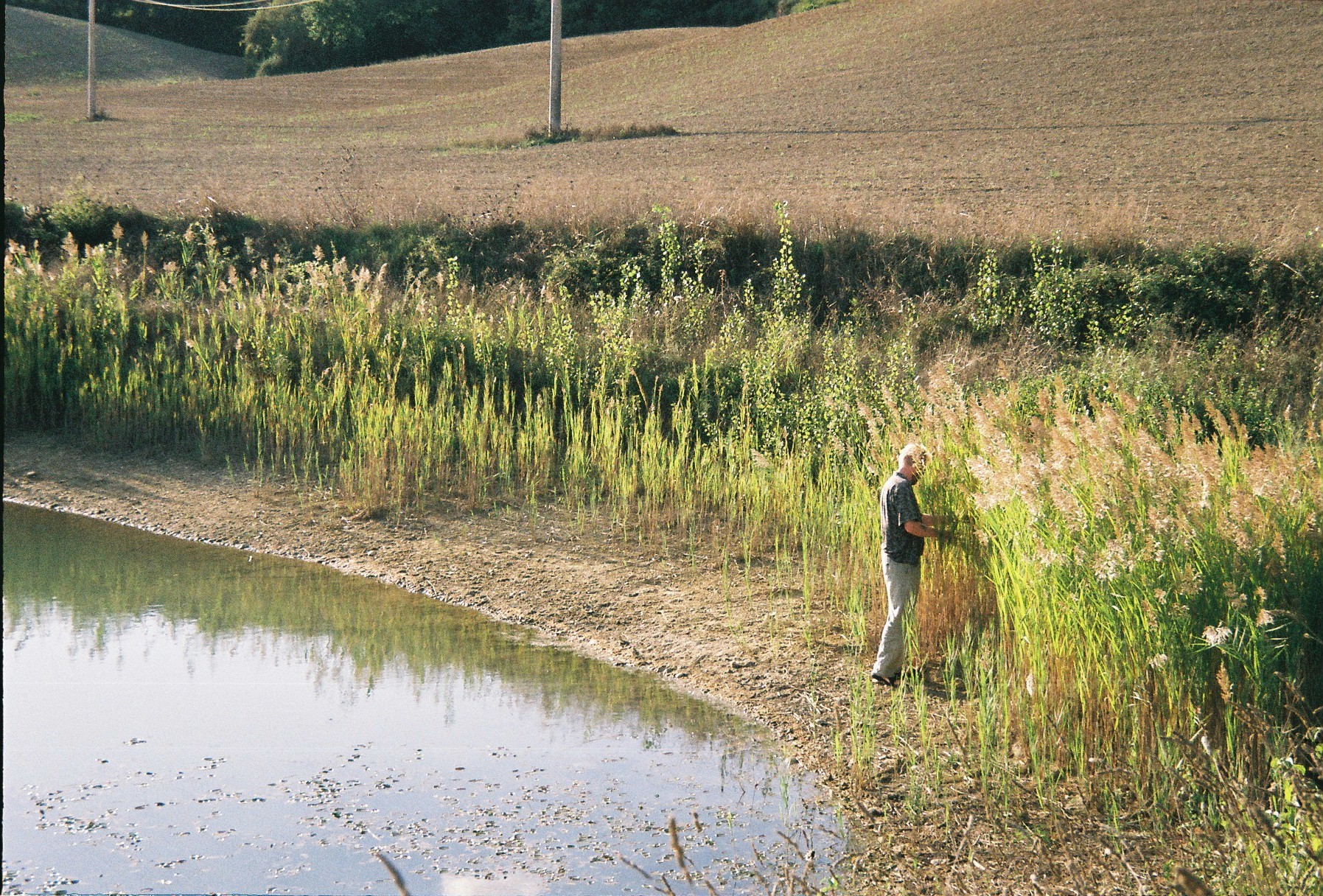
You released three aulos albums by now. Do you see an evolution in your playing? Is it your goal to “get better?” Do you think you evolved from “drone playing” into more melodic playing?
To “get better” is always part of “mastering” the instrument. Playing longer with circular breath, having more control, a stronger embouchure. This is a daily work out… Also the idea from the beginning was to document the process of learning to play the aulos, to archive the discovery. I think ‘Le Gardon’ and ‘MILLI MILLE’ are in that sense a very natural evolution of me playing the instrument in a very melodic, intuitive, almost naive manner. Also the alter ego gave me a lot of freedom to discover myself as a musician, to detach this whole Aulos chapter from the rest of my artistic practice. The live set that was released under the label of Q-O2 for their Oscillation Festival (2021) was a first try in making a more textural, micro-tonal soundscape. That subject was always my main interest, but at the same time I needed to have fun with the instrument, to discover it without making it too complex. I really needed that creative process and Bloedneus & de Snuitkever provided that space. At this point the aulos is my whole artistic practice and I want to start focusing on the idiomatic language of the instrument. I guess from how I perceive the instrument that will evolve into a more drone-like outcome..
I also want to broaden my musical path and explore more musical worlds outside of the aulos. My next album, ‘Cerchi Cerchi,’ will be released on Blickwinkel in May, and will be without the aulos. Several site-specific recordings inside ‘Oorsprong’, a work by Hans Van in Musica’s Klankenbos in Neerpelt, where I used my voice and different wind instruments to explore the acoustics of the space.
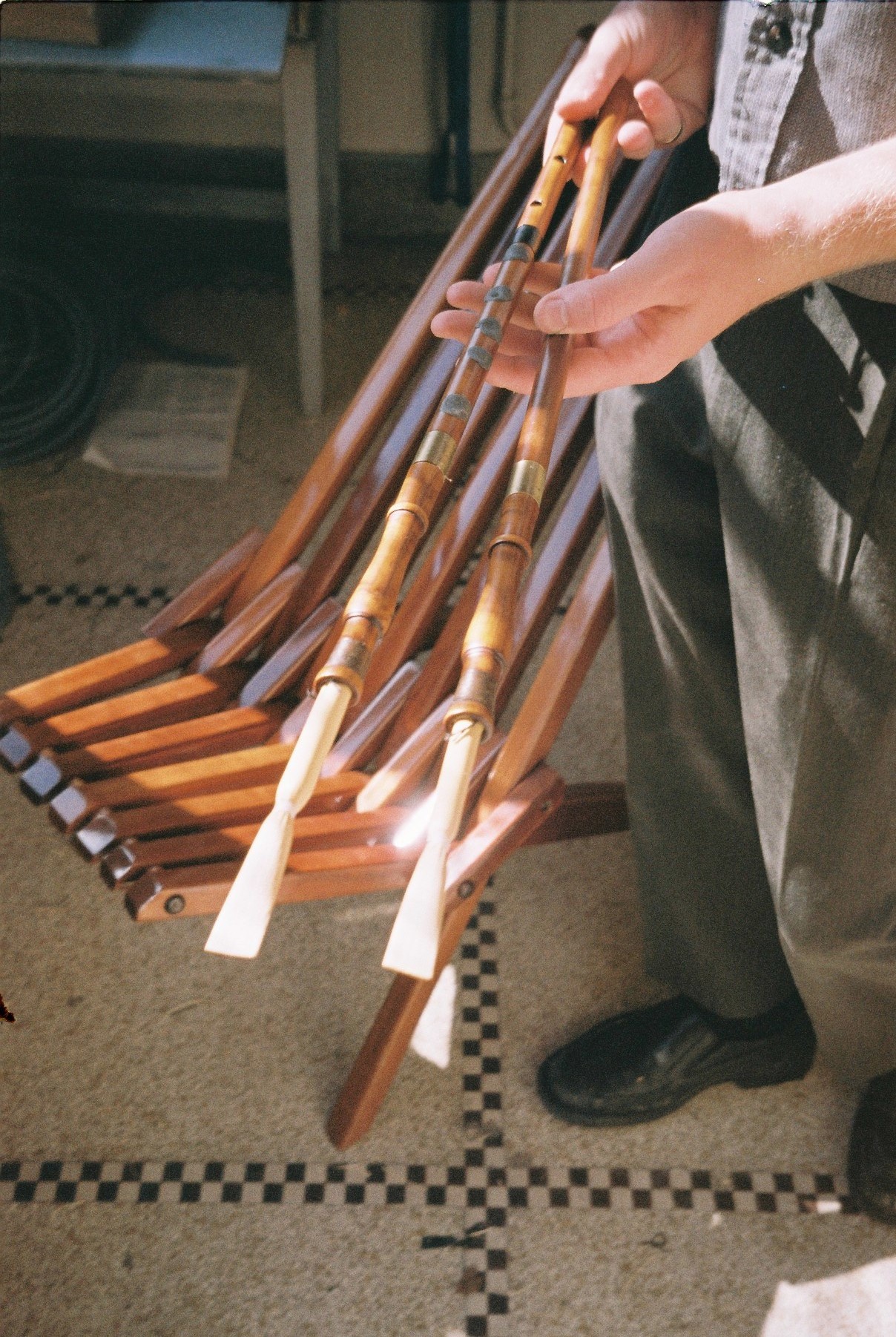
Is making music for you about “playing” as in: “having fun” or is it a form of self-study, investigation, trying to figure things out, experimenting with form and texture?
It’s both, depending on the moment and the subject. What I like so much is that there are many layers within the work around the Aulos. There is the actual playing which is amazing. Especially in the beginning it was very overwhelming and intoxicating. With the circular breathing and the way the sound hypnotizes you, I really needed to get used to that on a mental level as well. At this point, what really excites me, is the more conceptual aspect, everything that’s extra-musical. For example, I’m currently working on a new model of aulos. A telescopic, collapsible model. This aulos will create a lot of possibilities to dive deeper in the musical language of the instrument that attracts me the most.
At the same time, the whole project becomes a multidisciplinary, collaborative project with different artists. It relates to the music-archeological questions around the instrument, but from an outside view. Because almost all the pipes that were found in the ground are of different shapes, I want to experiment and create from that premise of diversity.
You do collaborations, but never with percussionists. What do you have against percussionists?
I don’t feel like I collaborate a lot actually. I think making music is super intimate and it is not easy to find people that speak a similar “language.” The idea of an open jam for example always scares me. That being said, I am part of a brand new quartet with Suzan Peeters, Victor Guaita and Andrès Navarro Garcia. Working with Andrès, who is a percussionist, is a real pleasure. He approaches percussion in a very broad way, creating a lot of texture and flow. The thing I do actually have something against is a metronome.. unless they are part of the Ligeti piece for metronomes.
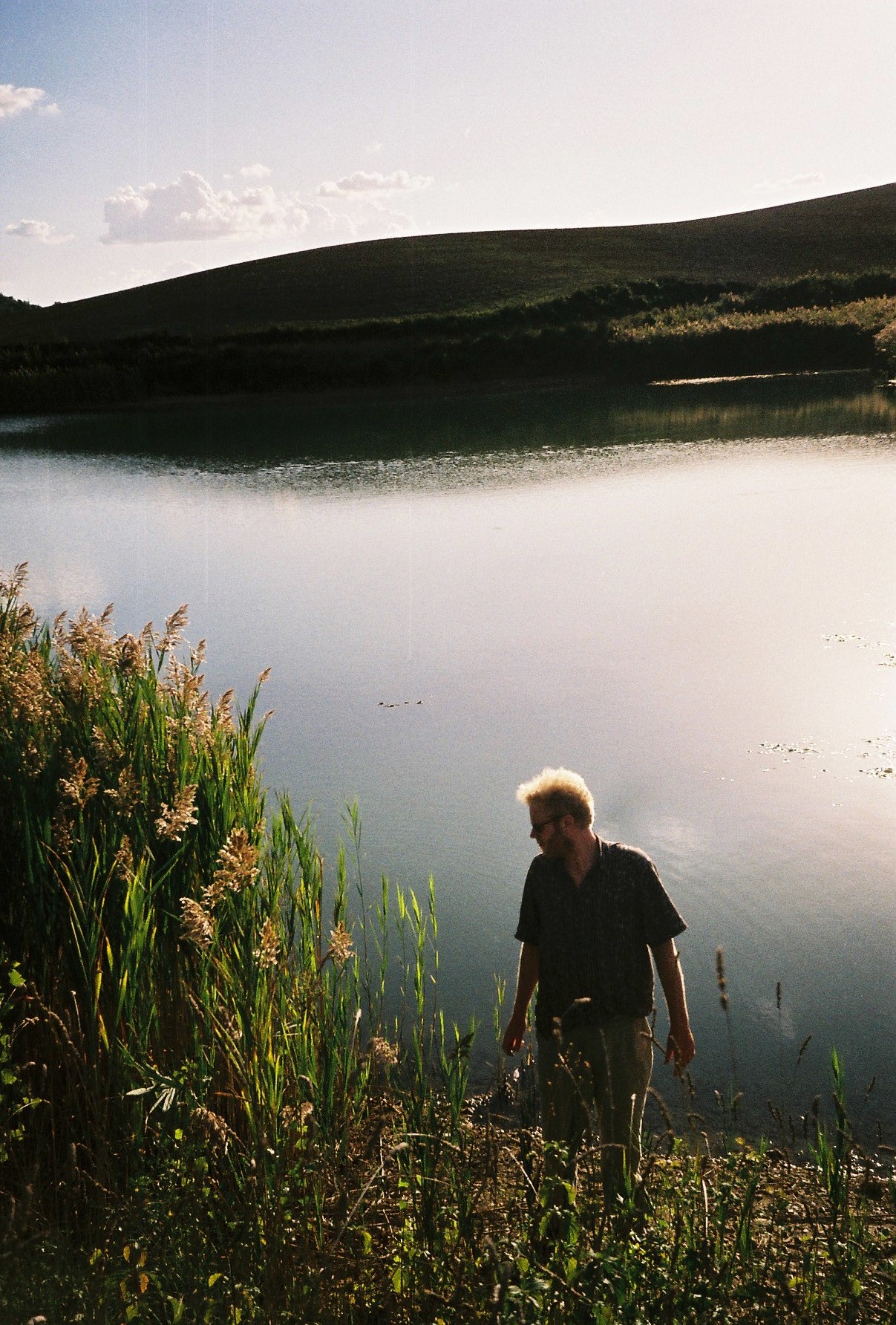
Mike Reed said he doesn’t like piano or guitar because they are based around chords. Whereas with reed instruments, with “air based instruments,” it’s more of a flow. What do you think about that?
For me the piano and guitar are also percussion instruments in a way. They depend on impact. Unless you play them with a bow. Then the idea of flow and even the sound itself gets really close to playing a wind instrument in my experience. But it’s true that this idea of flow is very present when playing with breath. Especially with circular breathing, which for me is like a natural inducer of rhythm. A cyclical pulse, influencing the pitch. Mastering the circular breath always pre-assumes that you can do it without hearing it when you breathe, but I also like it a lot when it is audible. It becomes an extra musical element to work with. The aulos also plays around chords in a way, since there are always 2 notes in relationship with each other. Once somebody said to me after a concert that the whole concert he felt like the 2 notes were constantly chasing one another. I really liked that idea.
What I enjoy about your playing is that it’s not “macho,” not “male,” it’s “ego-less.”
It’s about the sound, not about the player. I also always have to think about female composers when I listen to your music: about Éliane Radigue, Maryanne Amacher, Laurie Anderson or Pauline Oliveros, never about male composers. Does this make sense to you?
Before I played the aulos, my practice was often based around the idea of disappearing, of being invisible yet audible. I think even now I’m on stage and perceivable, the goal is to become transparent. To become sound, dissolve in the waves. It isn’t about me. It is about the instrument and the sound that it produces, the story that it tells. For me drones are just a means to create texture, to create nuance in a continuous sound. It’s not my goal to be everywhere all at once and to be loud. On the contrary. I really like the tension between the idea of installing a drone and the fragility of the breath.
About the composers: the composers you name influenced me a lot. Pauline Oliveros was a very early influence in my work around whistling. Eliane Radigue and Maryanne Amacher, especially with the Aulos, are composers I am really inspired by. Their music or approach is a real guide for how I want to explore the Aulos. The way Eliane made a bridge between electronic and acoustic music by making the Occam series is such a powerful act. Also the relationship she had with the musician and the way she composed in a personal way based on oral transmission is very inspiring for me. Maryanne Amacher is a total legend. I never had the luck to perceive her work live. I guess the closest I came is the music of Thomas Ankersmit, dedicated to her work. And the footage of Thurston Moore, visiting her in her house. Everybody is covering their ears while she puts one of these very fast high frequency pitches and starts dancing. Witnessing her energy and her focus was really important. There is also such a strong parallel with my practice around the aulos. Eliane Radigue talks about her work with the synthesizer, feeling related to cave people discovering that they could whistle on bones etc… Discovering a sound that has never existed before. With Maryanne Amacher it’s a similar bound. But also her sound work, in a way, disappeared with her passing. There is so much lost, but in that void lies a lot of freedom and imagination.
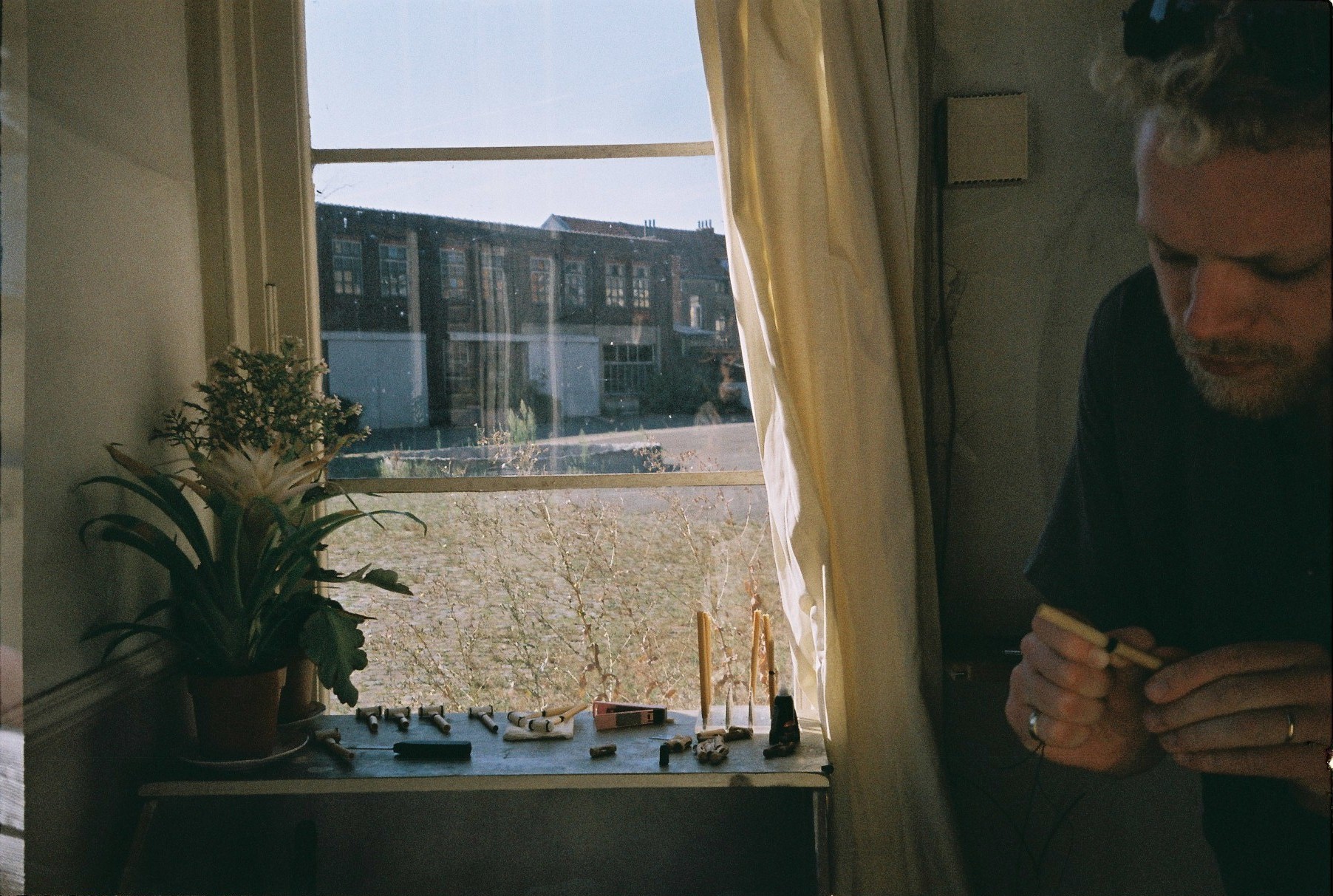
Another thing I like about your music: if you play live, you don’t emplify your music. Why?
I do play, more and more, amplified sets. But when it is possible I will always prefer an acoustic set. Amplifying the aulos is quite tricky, because of the two pipes. Ideally you have a very wide stereo- “view” on the instrument, but this makes it very feedback sensitive.. The way you amplify really decides how the instrument sounds like, which frequency gets louder due to the amplification. You lose control. It also creates a boundary between the audience and me. Amplification always creates this kind of wall, a membrane between the audience and the performer. The sound they listen to is no longer only the instrument, but also the speakers.
Joeri Bruyninckx
Lukas De Clerck Official Website / Instagram


